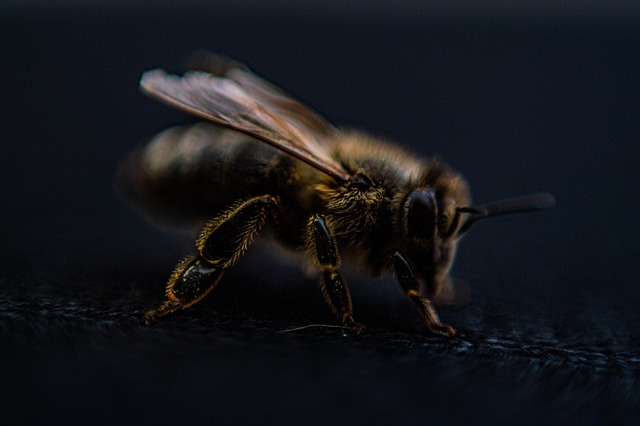Dance Psychology: The Mental Discipline of Neoclassical Ballet
Neoclassical ballet is a dance form that beautifully marries the grace of classical ballet with the innovation of contemporary movement. While the physical demands of this art are well-known, the mental discipline it requires is equally fascinating and essential for dancers to excel. Exploring the realm of dance psychology within the context of neoclassical ballet unveils a captivating interplay between mind and body.
Mind-Body Connection: Neoclassical ballet is a testament to the intimate connection between the mind and body. Dancers must meticulously synchronize their thoughts with movements, ensuring every leap, pirouette, and extension is executed with precision. This synergy cultivates a profound awareness of their physicality, resulting in a heightened sense of self-control and discipline. The intricate footwork and fluidity demanded by neoclassical ballet necessitate mental focus, creating a dance form that celebrates the seamless integration of mental and physical prowess.
Emotional Expression: Beyond the technical mastery, neoclassical ballet provides a canvas for emotional expression. Dancers convey narratives and evoke sentiments through their movements. This demands not only a deep understanding of the choreography but also an ability to tap into and convey a wide range of emotions. The psychological aspect of this process is fascinating—dancers delve into their own emotional reservoirs to deliver authentic and moving performances, allowing the audience to connect on a profound level.
Perfectionism and Resilience: The pursuit of perfection is a common trait among neoclassical ballet dancers. This drive for flawlessness stems from a complex interplay of psychological factors. On one hand, perfectionism serves as a motivational force, pushing dancers to refine their skills. On the other hand, it can also lead to immense self-imposed pressure and frustration. As a result, dancers must develop resilience to cope with setbacks and maintain a healthy mindset amidst the quest for perfection.
Focus and Concentration: Neoclassical ballet choreography often demands intricate patterns and rapid transitions. To execute these complex sequences flawlessly, dancers must possess exceptional focus and concentration. The psychological skill of selective attention comes into play as dancers learn to filter out distractions and channel their mental energy solely into the dance. This level of concentration not only enhances their performance but also fosters mindfulness, a practice celebrated for its holistic benefits.
Self-Efficacy and Confidence: Neoclassical ballet nurtures self-efficacy—the belief in one's ability to achieve goals. As dancers conquer challenging routines through persistent effort, their confidence in their skills grows. This psychological transformation extends beyond the dance studio, influencing their approach to other aspects of life. The discipline instilled by neoclassical ballet serves as a reminder that hard work and dedication can lead to personal growth and accomplishment.
Overcoming Stage Anxiety: Stepping onto the stage can evoke a whirlwind of emotions, including anxiety and stage fright. Neoclassical ballet dancers are not exempt from these feelings. However, the psychological tools they develop throughout their training empower them to manage and even harness these emotions. Techniques such as visualization, controlled breathing, and positive self-talk enable dancers to transform nervous energy into electrifying performances, highlighting the profound impact of psychology on their stage presence.
Collaboration and Communication: Neoclassical ballet often involves group performances where dancers must synchronize their movements seamlessly. Effective collaboration requires clear communication and a keen understanding of non-verbal cues. Dancers develop the psychological acumen to connect with their peers on an intuitive level, resulting in harmonious performances that captivate audiences. This skill extends beyond dance, fostering adeptness in teamwork and communication in various aspects of life.
Innovation and Creativity: While neoclassical ballet draws inspiration from traditional ballet, it also encourages innovation and creativity. Dancers experiment with new movements and interpretations, pushing the boundaries of the art form. This process is deeply rooted in psychological exploration—dancers engage in divergent thinking, break free from conventional norms, and fearlessly express their unique perspectives through dance.
Conclusion: Neoclassical ballet is more than just physical prowess; it is a captivating journey into the realm of dance psychology. The interplay between mind and body, emotional expression, resilience, focus, and collaboration makes this dance form a testament to the power of psychology in shaping a dancer's journey. As dancers transcend the boundaries of classical and contemporary, they remind us that the art of movement is as much an exploration of the psyche as it is a celebration of the body's grace.











